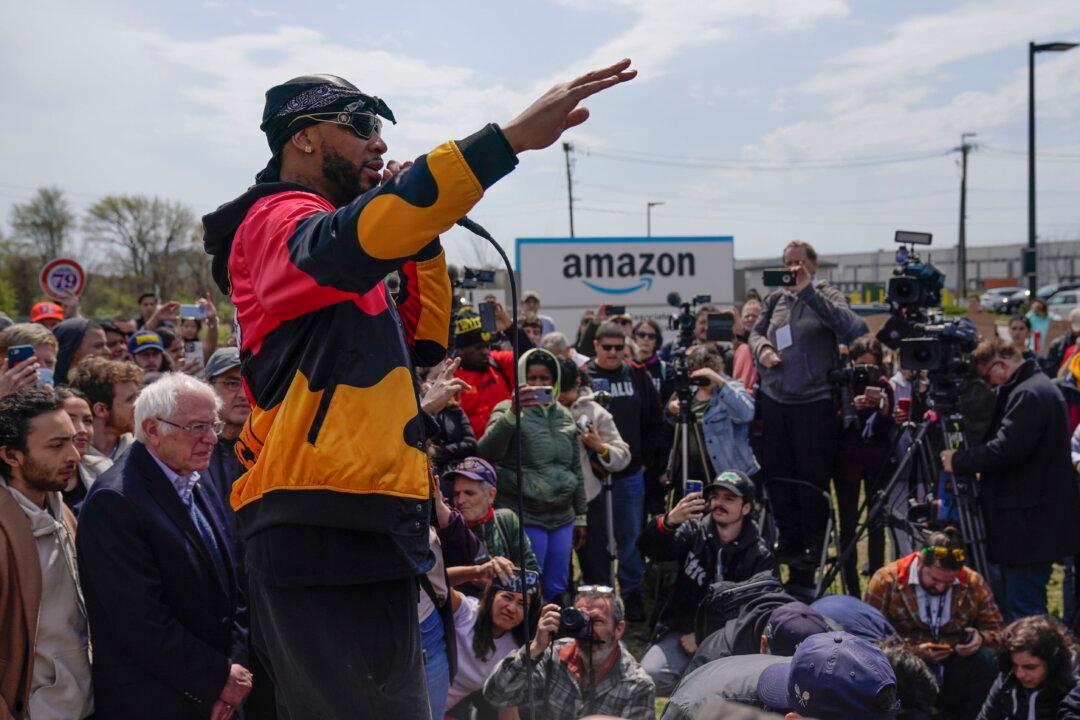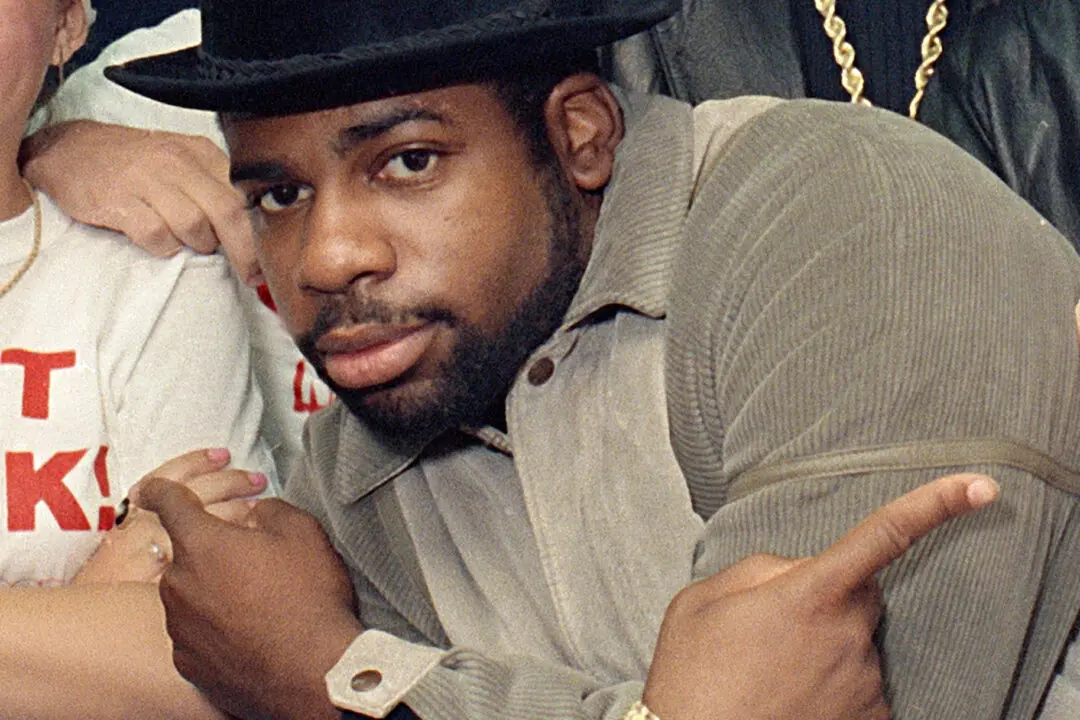Amazon warehouse workers overwhelmingly rejected a union bid on Monday, dealing a blow to organizers who last month pulled off the first successful U.S. organizing effort in the retail giant’s history.
This time around, warehouse workers cast 618 votes—or about 62 percent—against the union, giving Amazon enough support to fend off a second labor win and raise questions as to whether the first victory was just a fluke.





